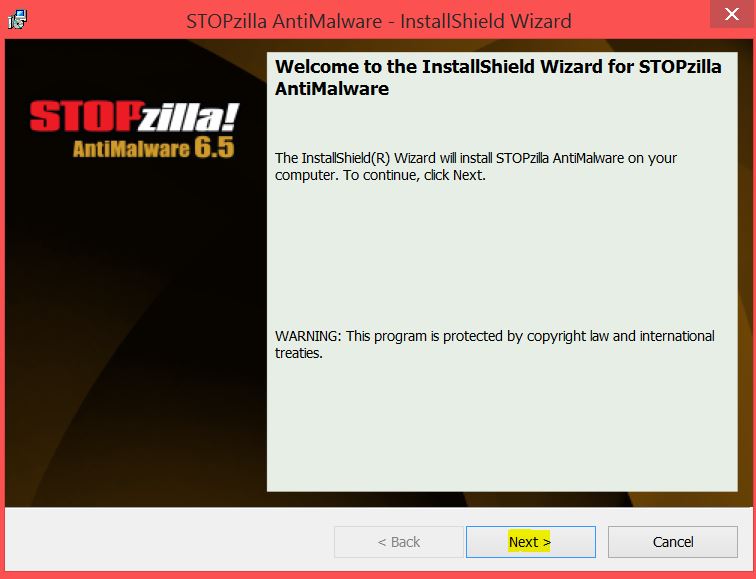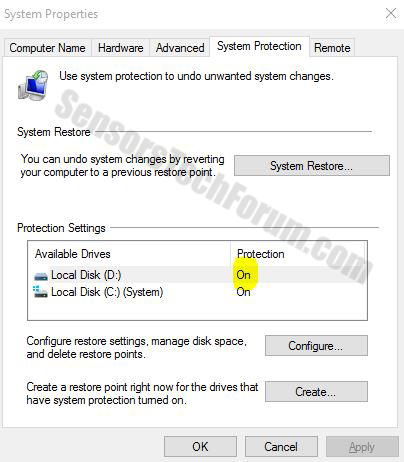A new type of trojan, known to regenerate has been spotted out into the wilderness of the web. The cyber-threat is believed to redistribute mostly via USB flash drives and malicious downloads as well as infected email attachments. Security researchers recommend that if you removed this trojan or even detected it to take special precautions since the cyber threat is believed to migrate to other malicious files on its removal.
| Name | Trojan.Agent.BLYI |
| Type | Trojan.Agent that is regenerating. |
| Short Description | The trojan may be detected and may fool the user that it has been removed by the antivirus software. |
| Symptoms | Users may witness the detection of this particular trojan name once and they may see a failure to remove a .tmp file by their antivirus software occasionally |
| Distribution Method | Via Targeted attacks or spam mail. |
| Detection Tool | Download Malware Removal Tool, to See If Your System Has Been Affected by malware |
| User Experience | Join our forum to discuss about Trojan.Agent.BLYI. |
Trojan.Agent.BLYI – How Did I Get It?
This trojan is mostly distrubuted via usb drives or other malicious methods like infected email attachments of the following formats:
.tmp, .cmd, .bat, .exe
Usually users tend to disregard messages that they detect as spam mail before even opening them. This is why attackers may use spoof messages that resemble someone familiar to the user (targeted attacks) or a notorious service most people usually use, like Windows, for example. A particularly effective method was the Windows 10 Upgrade spam email that resembled an actual email from Windows when many people started to upgrade to its latest version.
Trojan.Agent.BLYI – More About It
This trojan may have all sorts of functionalities but its primary goal may be to stay as long as possible in the computer it has infected. Once activated the trojan may begin to create files in the
C:\Windows\Temp\
Such files usually may look similar to this – ‘tmp00200001’.
The trojan then may modify Windows registry settings and create other files that are not malicious to the computer, but may be its next target if deleted by antivirus software. Such files may look like ‘Notepad.exe’ or ‘svchost.exe’ – files that are have identical names to actual Windows files and processes. What is more this cyber threat may as well open up several ports and infect the user PC with other malicious tools such as keylogger, downloader screenshot capturer and others.
This trojan is considered to be a dangerous threat once the user has been infected with it because it makes the system completely unsafe. What is more, this cyber threat is regarded to be highly effective when targeted attacks are being conducted. Targeted attacks are known to be the most dangerous since they often target organizations for various interests. There are several thinks to watch for when it comes to targeted attacks:
- Unfamiliar USB drives. (The ‘lost’ flashdrive)
- Who has physical access to the organization PCs.
- What to the employees know about the computers and can they be trusted with the information.
- Password strength and changing policies.
- Local network management.
- Employees skill-level and education regarding online safety.
Back to the trojan itself, what is specific about it is that it may use the above-created processes to migrate to once its original malicious executable has been detected and create new processes. This is why it is highly recommended to use special software that will detect any actions out of the ordinary, such as external firewall or advanced anti-malware program with live intrusion prevention system.
Removing Trojan.Agent.BLYI In Full
In order to be rid of this specific trojan bear in mind that you should isolate it first and make sure that you scan your computer while in safe mode to disable any third-party applications. It is recommended to also find software that scans the computer when in offline mode and eliminate this threat by scanning it multiple time instead of only once.
It is also highly advisable to back up your data since this trojan may wreak all kinds of havoc on your computer and may even damage your data.
Preparation before removing Trojan.Agent.BLYI.
Before starting the actual removal process, we recommend that you do the following preparation steps.
- Make sure you have these instructions always open and in front of your eyes.
- Do a backup of all of your files, even if they could be damaged. You should back up your data with a cloud backup solution and insure your files against any type of loss, even from the most severe threats.
- Be patient as this could take a while.
- Scan for Malware
- Fix Registries
- Remove Virus Files
Step 1: Scan for Trojan.Agent.BLYI with SpyHunter Anti-Malware Tool



Step 2: Clean any registries, created by Trojan.Agent.BLYI on your computer.
The usually targeted registries of Windows machines are the following:
- HKEY_LOCAL_MACHINE\Software\Microsoft\Windows\CurrentVersion\Run
- HKEY_CURRENT_USER\Software\Microsoft\Windows\CurrentVersion\Run
- HKEY_LOCAL_MACHINE\Software\Microsoft\Windows\CurrentVersion\RunOnce
- HKEY_CURRENT_USER\Software\Microsoft\Windows\CurrentVersion\RunOnce
You can access them by opening the Windows registry editor and deleting any values, created by Trojan.Agent.BLYI there. This can happen by following the steps underneath:


 Tip: To find a virus-created value, you can right-click on it and click "Modify" to see which file it is set to run. If this is the virus file location, remove the value.
Tip: To find a virus-created value, you can right-click on it and click "Modify" to see which file it is set to run. If this is the virus file location, remove the value.Step 3: Find virus files created by Trojan.Agent.BLYI on your PC.
1.For Windows 8, 8.1 and 10.
For Newer Windows Operating Systems
1: On your keyboard press + R and write explorer.exe in the Run text box and then click on the Ok button.

2: Click on your PC from the quick access bar. This is usually an icon with a monitor and its name is either “My Computer”, “My PC” or “This PC” or whatever you have named it.

3: Navigate to the search box in the top-right of your PC's screen and type “fileextension:” and after which type the file extension. If you are looking for malicious executables, an example may be "fileextension:exe". After doing that, leave a space and type the file name you believe the malware has created. Here is how it may appear if your file has been found:

N.B. We recommend to wait for the green loading bar in the navigation box to fill up in case the PC is looking for the file and hasn't found it yet.
2.For Windows XP, Vista, and 7.
For Older Windows Operating Systems
In older Windows OS's the conventional approach should be the effective one:
1: Click on the Start Menu icon (usually on your bottom-left) and then choose the Search preference.

2: After the search window appears, choose More Advanced Options from the search assistant box. Another way is by clicking on All Files and Folders.

3: After that type the name of the file you are looking for and click on the Search button. This might take some time after which results will appear. If you have found the malicious file, you may copy or open its location by right-clicking on it.
Now you should be able to discover any file on Windows as long as it is on your hard drive and is not concealed via special software.
Trojan.Agent.BLYI FAQ
What Does Trojan.Agent.BLYI Trojan Do?
The Trojan.Agent.BLYI Trojan is a malicious computer program designed to disrupt, damage, or gain unauthorized access to a computer system. It can be used to steal sensitive data, gain control over a system, or launch other malicious activities.
Can Trojans Steal Passwords?
Yes, Trojans, like Trojan.Agent.BLYI, can steal passwords. These malicious programs are designed to gain access to a user's computer, spy on victims and steal sensitive information such as banking details and passwords.
Can Trojan.Agent.BLYI Trojan Hide Itself?
Yes, it can. A Trojan can use various techniques to mask itself, including rootkits, encryption, and obfuscation, to hide from security scanners and evade detection.
Can a Trojan be Removed by Factory Reset?
Yes, a Trojan can be removed by factory resetting your device. This is because it will restore the device to its original state, eliminating any malicious software that may have been installed. Bear in mind that there are more sophisticated Trojans that leave backdoors and reinfect even after a factory reset.
Can Trojan.Agent.BLYI Trojan Infect WiFi?
Yes, it is possible for a Trojan to infect WiFi networks. When a user connects to the infected network, the Trojan can spread to other connected devices and can access sensitive information on the network.
Can Trojans Be Deleted?
Yes, Trojans can be deleted. This is typically done by running a powerful anti-virus or anti-malware program that is designed to detect and remove malicious files. In some cases, manual deletion of the Trojan may also be necessary.
Can Trojans Steal Files?
Yes, Trojans can steal files if they are installed on a computer. This is done by allowing the malware author or user to gain access to the computer and then steal the files stored on it.
Which Anti-Malware Can Remove Trojans?
Anti-malware programs such as SpyHunter are capable of scanning for and removing Trojans from your computer. It is important to keep your anti-malware up to date and regularly scan your system for any malicious software.
Can Trojans Infect USB?
Yes, Trojans can infect USB devices. USB Trojans typically spread through malicious files downloaded from the internet or shared via email, allowing the hacker to gain access to a user's confidential data.
About the Trojan.Agent.BLYI Research
The content we publish on SensorsTechForum.com, this Trojan.Agent.BLYI how-to removal guide included, is the outcome of extensive research, hard work and our team’s devotion to help you remove the specific trojan problem.
How did we conduct the research on Trojan.Agent.BLYI?
Please note that our research is based on an independent investigation. We are in contact with independent security researchers, thanks to which we receive daily updates on the latest malware definitions, including the various types of trojans (backdoor, downloader, infostealer, ransom, etc.)
Furthermore, the research behind the Trojan.Agent.BLYI threat is backed with VirusTotal.
To better understand the threat posed by trojans, please refer to the following articles which provide knowledgeable details.



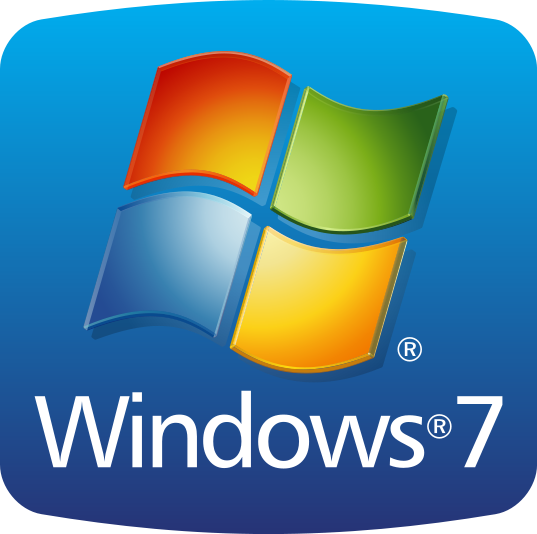 1. For Windows 7,XP and Vista.
1. For Windows 7,XP and Vista. 2. For Windows 8, 8.1 and 10.
2. For Windows 8, 8.1 and 10.

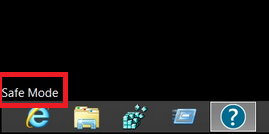


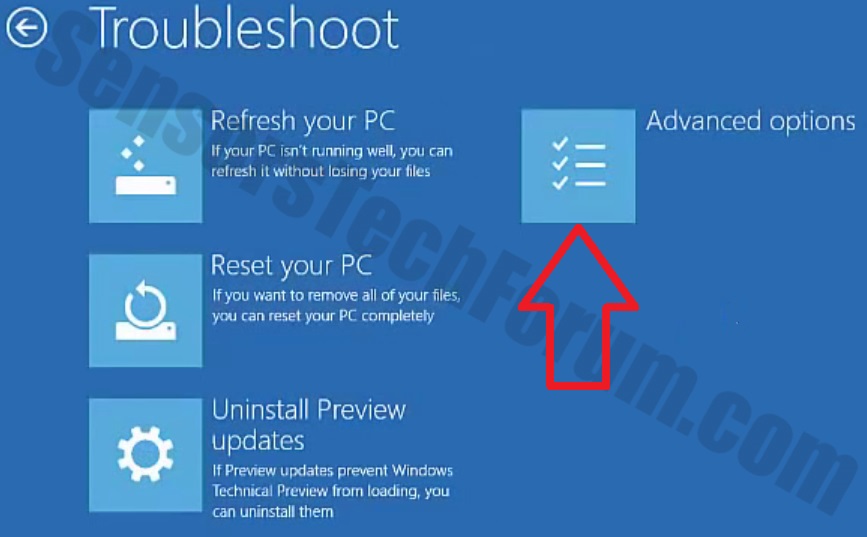


 1. Install SpyHunter to scan for and remove Trojan.Agent.BLYI.
1. Install SpyHunter to scan for and remove Trojan.Agent.BLYI.



 1. Install Malwarebytes Anti-Malware to scan for and remove Trojan.Agent.BLYI.
1. Install Malwarebytes Anti-Malware to scan for and remove Trojan.Agent.BLYI.



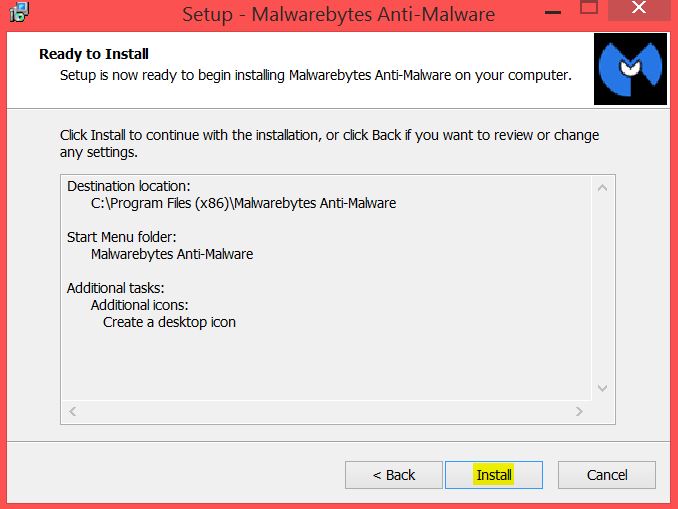


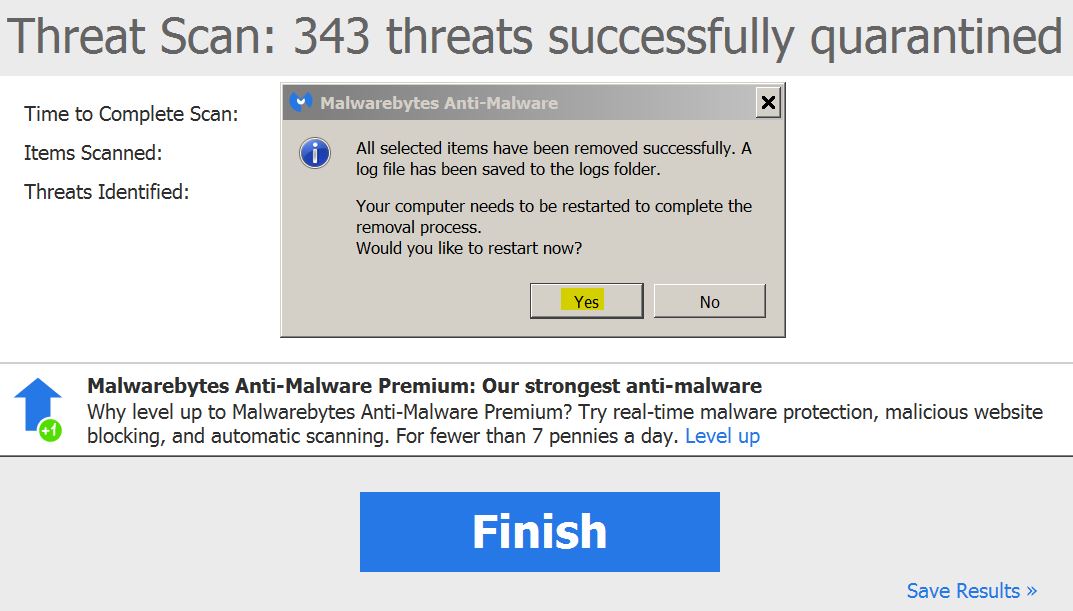
 1. Install STOPZilla Anti Malware to scan for and remove Trojan.Agent.BLYI.
1. Install STOPZilla Anti Malware to scan for and remove Trojan.Agent.BLYI.
